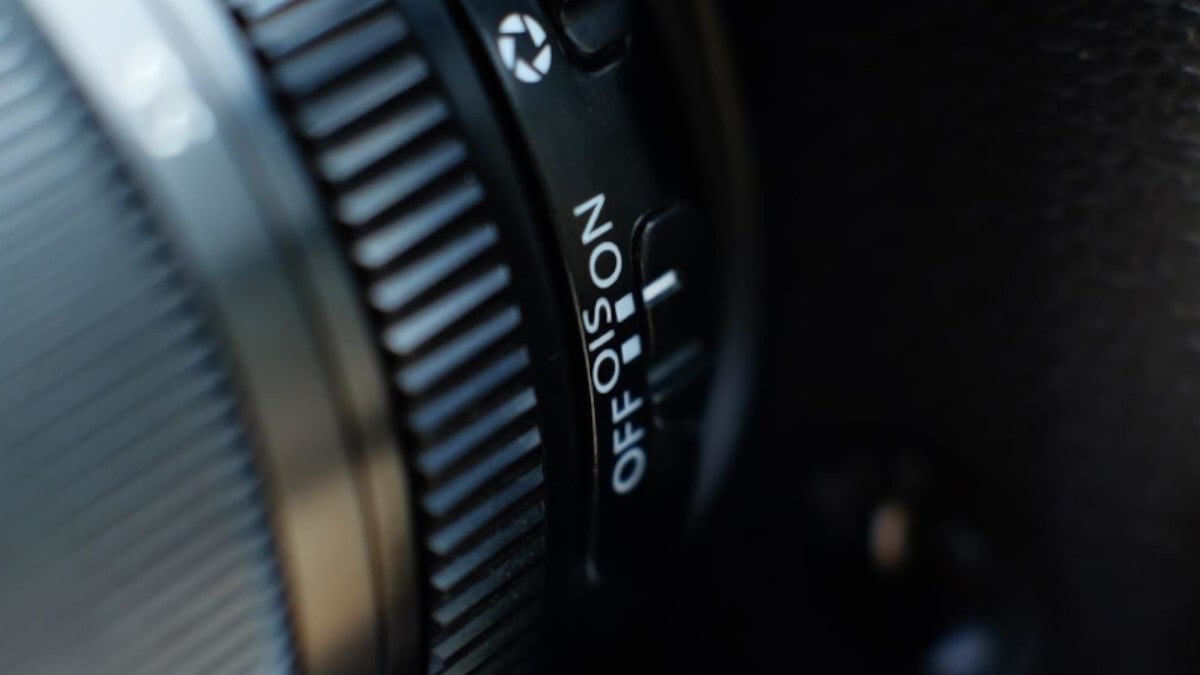In the world of photography and videography, achieving sharp, stable images and videos is crucial. Two significant technologies that help in this regard are Electronic Image Stabilization (EIS) and Optical Image Stabilization (OIS). Both aim to reduce the blur caused by camera shake, but they operate in fundamentally different ways.

This article focuses into the workings, benefits, and limitations of EIS and OIS to help you understand how they enhance your photographic and video endeavors.
What is Electronic Image Stabilization (EIS)?
How EIS works?
Electronic Image Stabilization (EIS) is a software-based technology that minimizes image blur and shake during video recording or photography. It uses algorithms to analyze each frame and make real-time adjustments. Here’s how it generally works:
- Motion detection: EIS detects motion using the camera’s built-in gyroscope or accelerometer. These sensors measure the direction and magnitude of the shake.
- Frame adjustment: Once motion is detected, the EIS system adjusts the position of the frame. It crops and shifts the image slightly to counteract the detected movement. This is done dynamically for each frame to ensure stability.
- Image processing: Advanced algorithms process the images to reduce blurriness and smooth out the transitions between frames, resulting in more stable and clear footage.
Benefits of EIS.
- Cost-Effective: Since EIS relies on software rather than additional hardware, it is typically less expensive to implement.
- Compact and Lightweight: EIS does not require bulky components, making it ideal for compact devices like smartphones and action cameras.
- Effective in Video: EIS is particularly useful in video recording, where it can make real-time adjustments to each frame, resulting in smoother footage.
Limitations of EIS.
- Quality Loss: Because EIS often involves cropping the image to compensate for movement, there can be a reduction in image quality and resolution.
- Latency: EIS processing can introduce a slight delay, which might be noticeable in fast-moving scenes.
- Less Effective in Low Light: EIS can struggle in low-light conditions, where digital noise becomes more pronounced.
What is Optical Image Stabilization (OIS)?
How OIS works?
Optical Image Stabilization (OIS) is a hardware-based technology that stabilizes the image directly at the lens or sensor level. It physically adjusts the position of the lens or image sensor to counteract camera shake. Here’s how OIS generally operates:
- Motion detection: Similar to EIS, OIS detects motion using gyroscopes or accelerometers.
- Physical adjustment: Instead of relying on software, OIS employs motors or actuators to move the lens or sensor in the opposite direction of the detected shake. This real-time physical adjustment helps to keep the image steady.
- Image capture: By stabilizing the image optically, OIS ensures that the light reaching the sensor remains steady, resulting in sharper images and smoother video.
Benefits of OIS.
- Higher Image Quality: Since OIS doesn’t involve cropping the image, it maintains the full resolution and quality of the original shot.
- Effective in Low Light: OIS can be more effective in low-light conditions where longer exposure times are necessary, as it reduces the risk of blur from hand movements.
- Precision: OIS provides more precise stabilization, which is beneficial for both photography and video.
Limitations of OIS.
- Cost: Implementing OIS requires additional hardware components, which can increase the cost of the camera.
- Size and Weight: The hardware needed for OIS adds to the size and weight of the camera or lens, which might be a drawback for compact devices.
- Limited to Certain Movements: OIS is less effective against very rapid or large movements compared to EIS, which can adjust frame-by-frame in software.
EIS vs. OIS: Which is better?
The choice between EIS and OIS depends largely on the specific needs and context of the user:
- For videography: EIS can be more effective for video, especially in action cameras and smartphones, due to its ability to make real-time adjustments to each frame.
- For photography: OIS is generally preferred for photography, particularly in low-light conditions and for longer exposures, as it maintains higher image quality.
- For versatility: Many modern cameras and smartphones incorporate both EIS and OIS to leverage the strengths of each technology, providing superior stabilization across various scenarios.
Conclusion
Both Electronic Image Stabilization (EIS) and Optical Image Stabilization (OIS) offer valuable solutions to the challenge of camera shake, each with its own set of advantages and limitations. Understanding how these technologies work and their respective benefits can help you make informed decisions when choosing a camera or optimizing your shooting techniques. Whether you are capturing stills or shooting video, the right stabilization technology can significantly enhance the clarity and quality of your images.
Leave a Reply